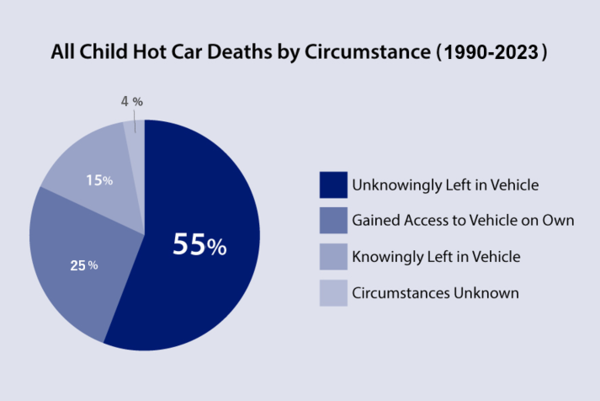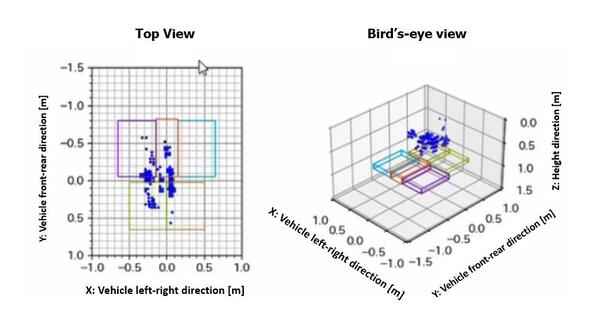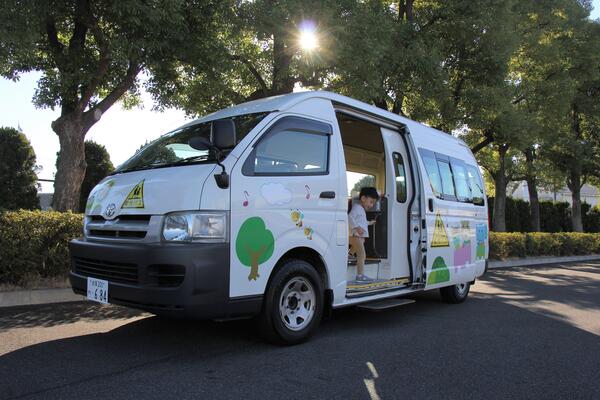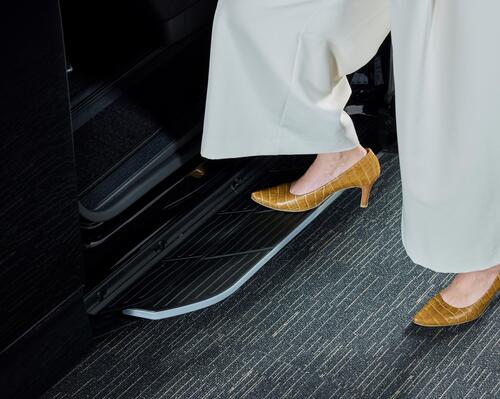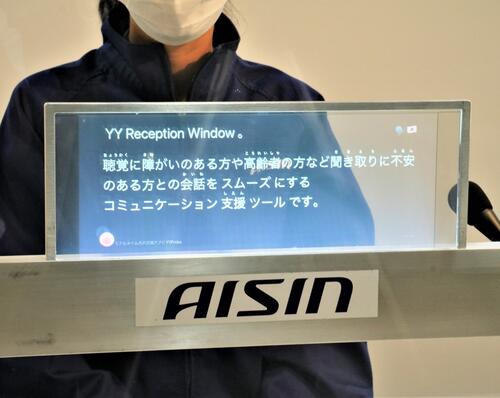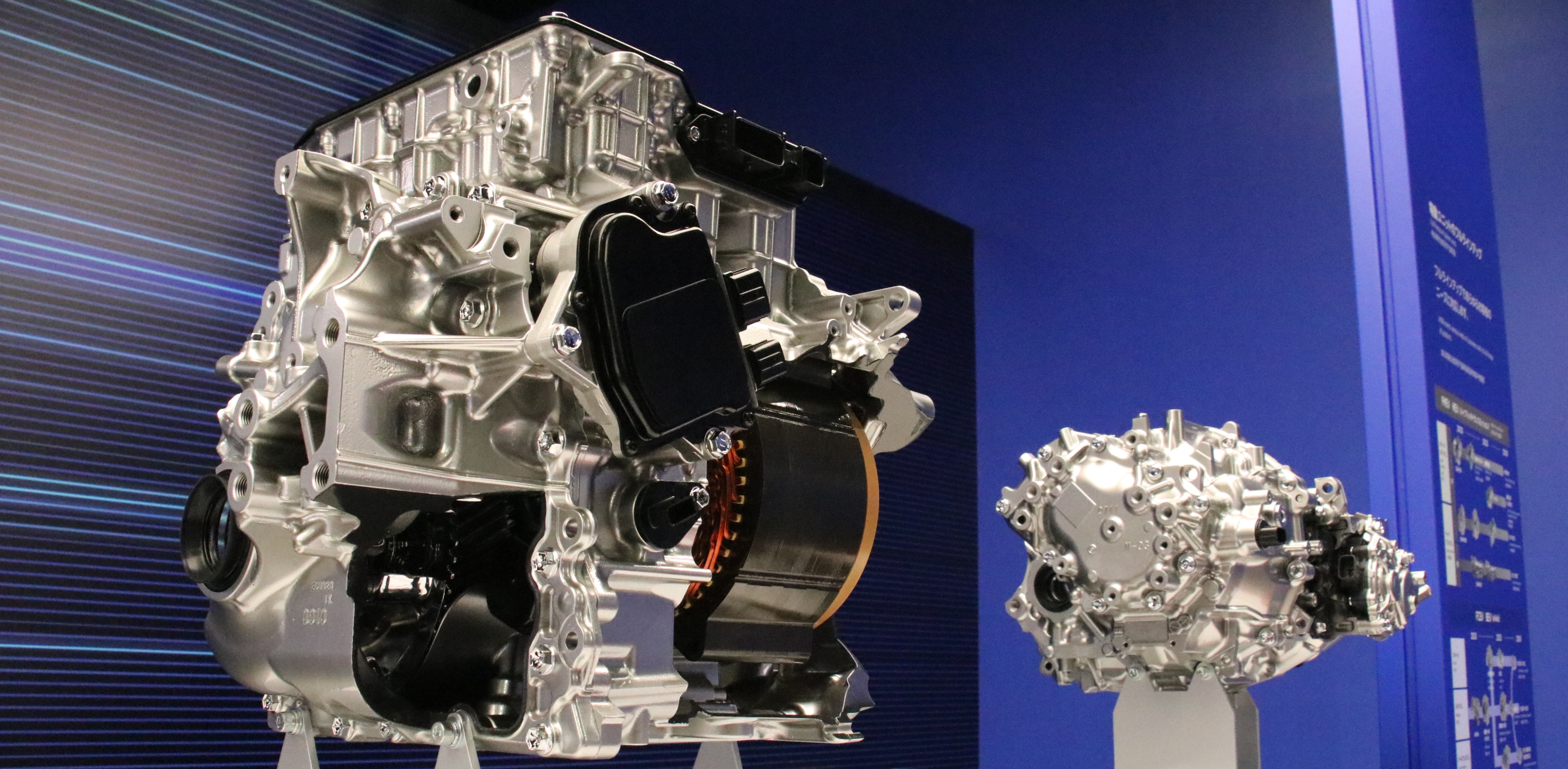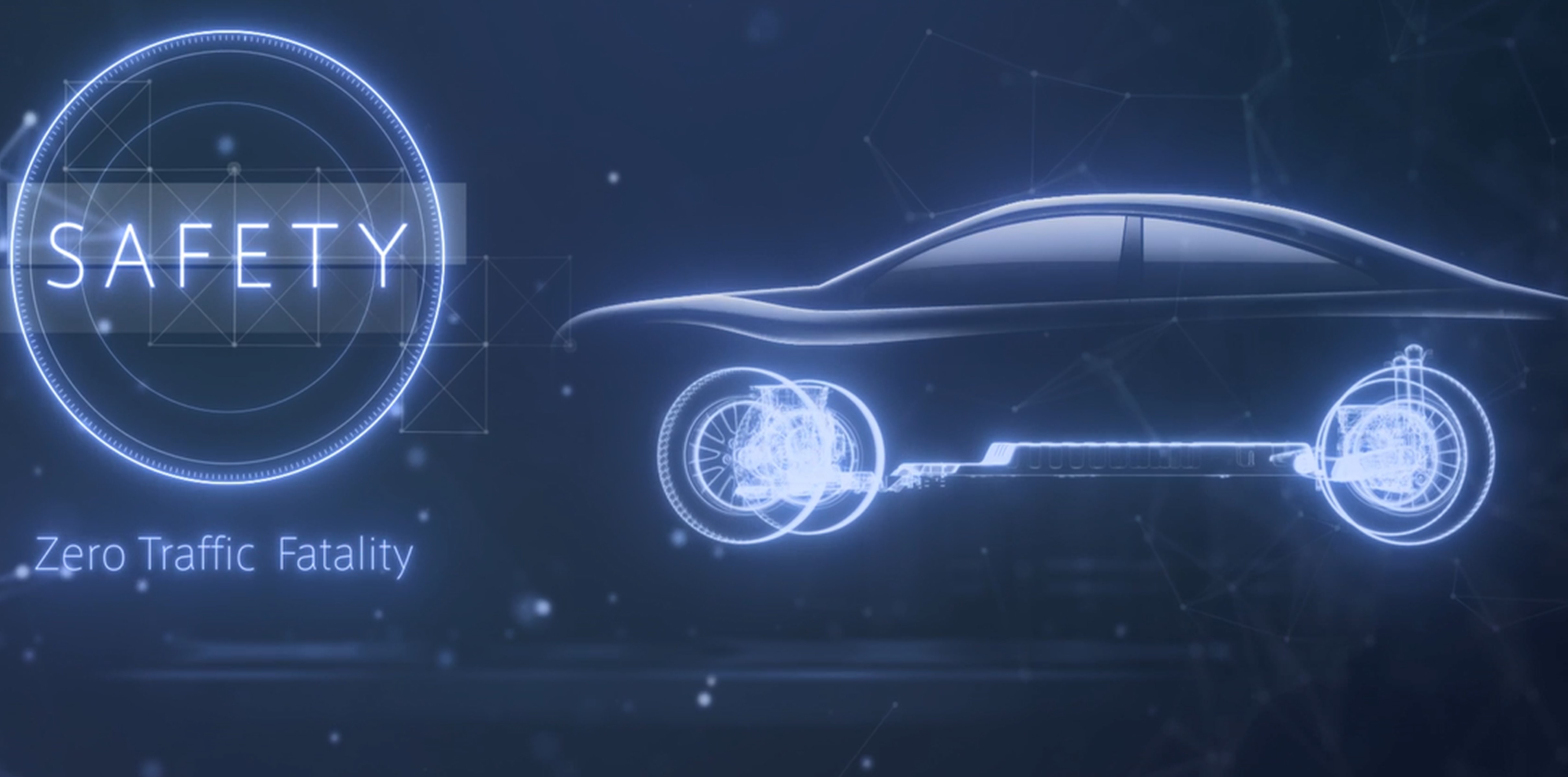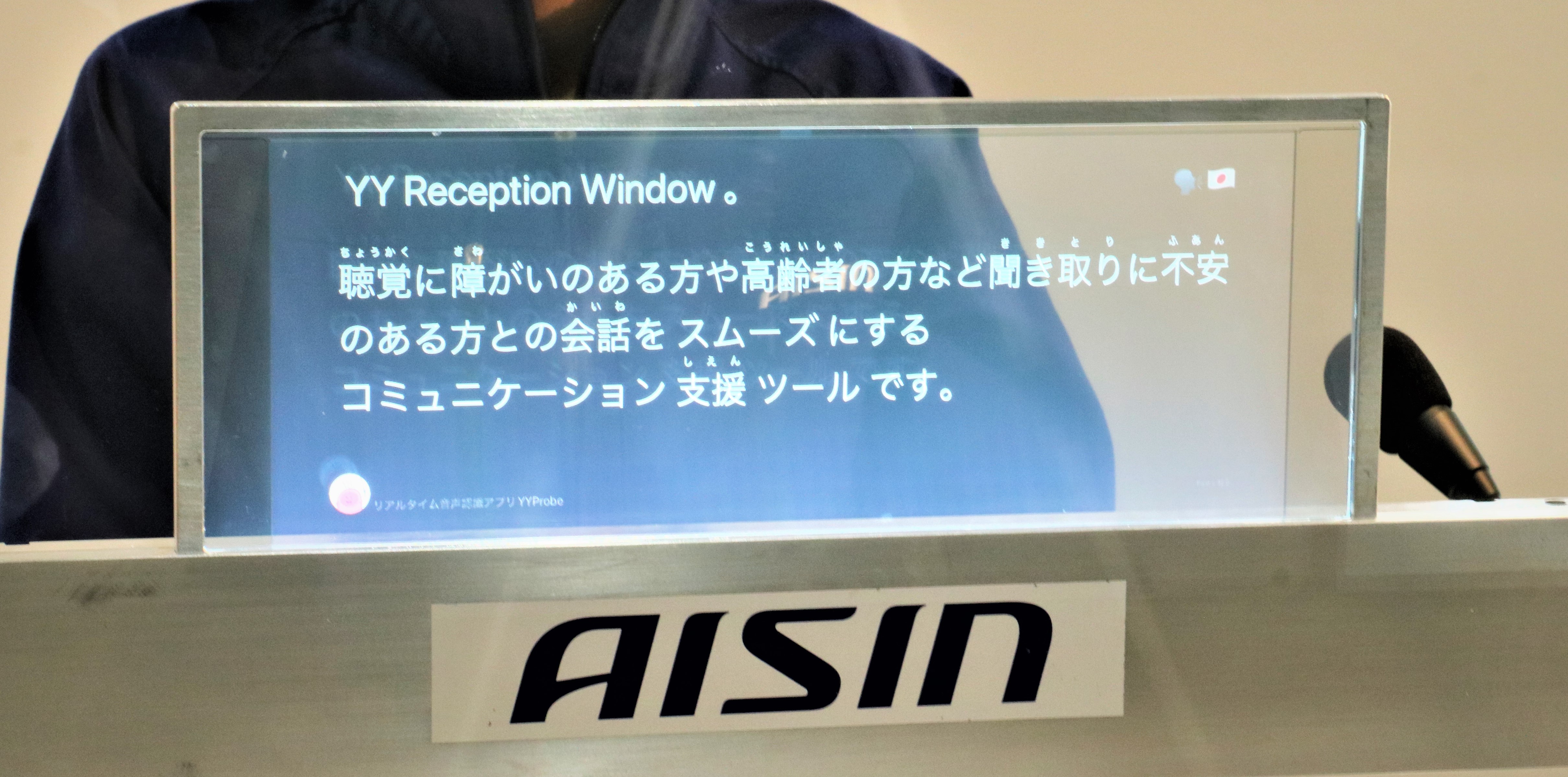Protecting the Smallest Passengers with Child Presence Detection Technology
Aug.10, 2023
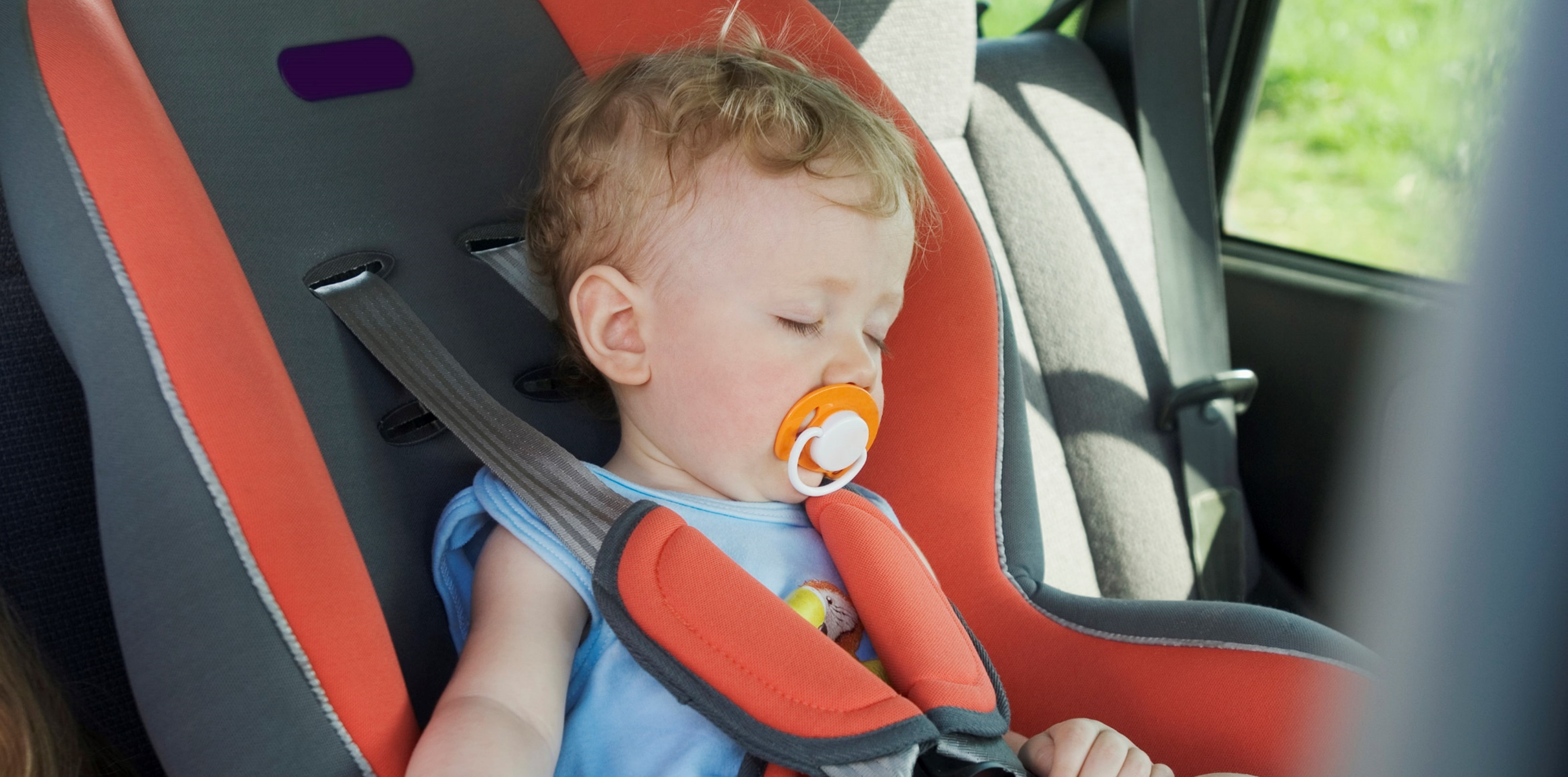
*Updated May 14, 2024
Any parent knows that a car ride can be particularly comforting for tiny passengers, and while an infant sleeping peacefully is an adorable sight, nap could lead to tragedy inside a hot car. Aisin is working hard to prevent these tragedies.
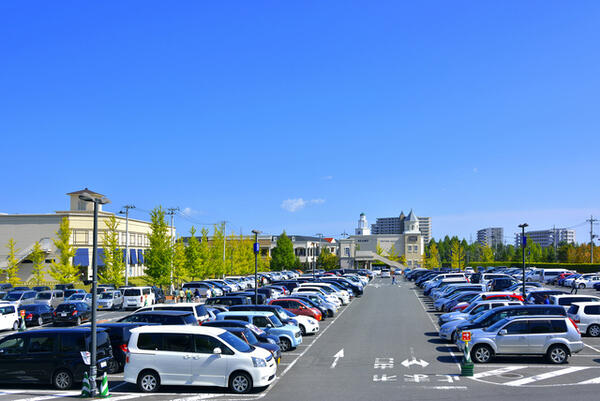
According to a variety of reports, the temperature inside a locked car in the hot sun may reach 140℉(60℃) within 10 minutes and, if exposed to direct sunlight, it may reach nearly 180℉(80℃).
Unfortunately, such fatal accidents occur often around the world. According to a survey in the U.S., some 1,083 children were reported to have died from 1990 to 2023 from heat exposure after being left behind in vehicles and over the last five years, as many as 40 children died every year in this way on average.*1 It is worth noting that over half of the deaths were caused by parents “unknowingly” leaving their children, although other contributing factors were also reported.
*1: Source: “U.S. Child Hot Car Death Data Analysis from the Kids and Car Safety National Database (1990-2023)” by KidsAndCars.org
In the U.S., public attention about these avoidable tragedies has led to the introduction of the Hot Cars Act, a bill that requires all new passenger motor vehicles to be equipped with a child safety alert system. In Europe, Euro NCAP,*2 known as an impartial organization that evaluates and verifies the safety of new-model cars, shared a “2025 Roadmap” of automobile safety measures which included detecting and rescuing a child left alone in a car as an emerging necessary vehicle safety technology. Across U.S. and Europe, a movement has started to make it obligatory to equip new-model cars with a child presence detection (CPD) system in the hopes that this equipment will protect children from tragic accidents.
The automobile industry has already proved its concerted approach to social issues, including purifying exhaust gas and improving collision safety. While collision safety has been shifting its focus from occupant protection to pedestrian protection, the CPD system has been gaining a great deal of attention and expectations around the world.
*2: the European New Car Assessment Programme
Reliable detection and alerts to prevent a child from being left alone in the car
As supported by data, installation of a CPD system significantly contributes to the reduction of hot car fatalities. What is needed is a highly reliable device that serves as a second set of eyes for parents.
Usually, an infant care seat is installed in the backseat. It is not enough, however, to have a simple sensor for the child seat because infants can often maneuver in ways that adults may not expect. What is needed is a high-precision sensor technology that covers all bodily movements of an infant and reliably detects the presence of an infant alone in the car in any situation, even if they are motionless.
Major examples of sensor technologies include cameras, sonar (sound waves), and radar (radio waves).
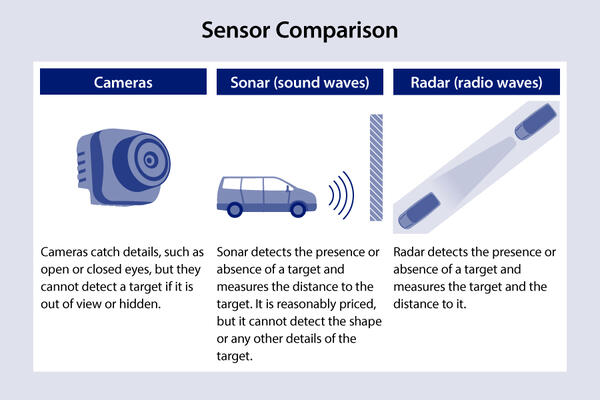
Cameras are suitable for grasping the situation inside the car with still images and videos, but only recognize what is in range ofthe lens. If an infant is tucked in a blanket or hidden in any way, a camera cannot detect the infant.
Sonar technology emits sound wave signals and receives those that bounce back. It detects changes in the distance to a moving target, but may not detect its presence without significant movement. For example, when the movement is minor, such as when a child is sleeping and gently breathing, it may be difficult to determine whether the child is a living or non-living object, which is a concern for the technology responsible for CPD.
A radar sends out radio waves and receives reflected waves to detect a target. Radars also roughly detect the shape and movements of the target as long as it is within the range of the radio waves. Moreover, radars deliver stable performance because they are less effected by environmental factors such as brightness. Data analysis technology has dramatically evolved to provide superior performance.
Aisin’s CPD system is the fruit of its engineers’ earnest desire to prevent tragic accidents by any means.
Aisin began development of the CPD system in 2018. Shunsuke Hayakawa, an engineer in charge of the CPD development, drives his child to school every day before going to work. “When I hear news of a child’s death in a hot car, it hits close to home for me,” says Hayakawa. “I feel terrible just thinking about losing my child because of my carelessness. We must stop such tragic deaths.” Although he speaks in a quiet tone, his strong passion for the project is clear.
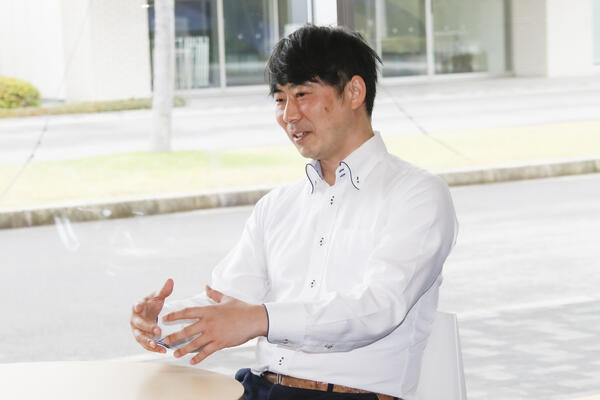
Clifford Malloy from Aisin Technical Center of America, the R&D hub in North America, says, “The occupants who suffer are not normally at the age to defend themselves from extreme conditions inside the vehicle.” He eagerly explains the underlying reason for the promotion of CPD system development, saying, “Any child occupant in any vehicle anywhere in the world runs the risk of this unfortunate circumstance. Therefore, implementing such technologies to reduce the risk should be considered - just one loss is one too many.” At Aisin, staff from Japan, North America, and Europe teamed up to research global needs. While exploring what specific legal regulations would be introduced in the U.S. – among thefirst in the world to make the system mandatory - the team started development of a new sensor that would detect the presence of a child in a car and correctly judge whether or not the child was left alone.
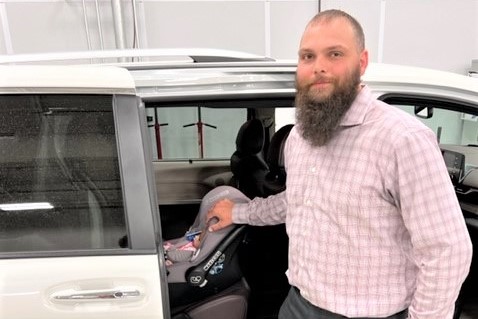
In the process of making a development plan and discussing it, the team selected a thin millimeter-wave radar mountable on the back of the roof lining as the sensor and key element of the CPD system. At first, the engineers considered using multiple sensors to cover a wide area inside the car. Seeking the simplest possible sensing mechanism and analysis technology, however, they decided to use a single radar sensor of the most advanced type. The radio-wave radiation range was set to enable a single sensor to cover the entire interior of a three-row car, and various tests were conducted repeatedly. In fact, infants “took part” in the evaluation test to recreate all possible situations that may occur in a car, like hiding behind a seat or being fully covered under a blanket. Based on the accumulated data, the development of functions required of the CPD system has been thoroughly conducted.
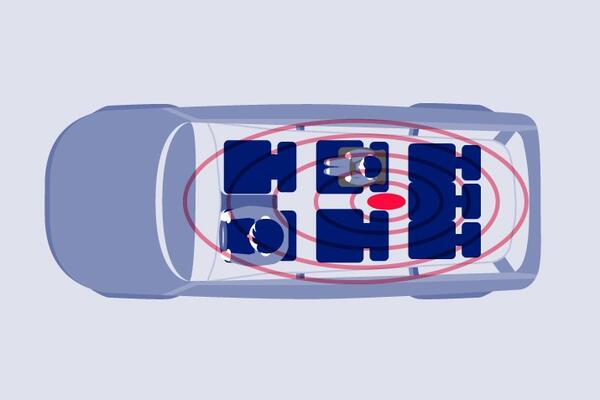
Furthermore, Aisin’s CPD system is competitive in that “it grasps the situation inside the car in more detail,” according to Hayakawa.
The system adopts a radar from Vayyar that has many transmitting and receiving antennas, with as many as 16 transmitting and 19 receiving channels. Compared with commonly used conventional radars with only three to four channels, this radar enables a significantly higher resolution for detecting a target.
A radar sends out radio waves and receives part of the waves that hit and are reflected by a target to tell how far and where it is located. The more detailed the detection, the more clearly its shape is revealed. Furthermore, since radio waves are repeatedly transmitted and received, a radar can also keep track of changes caused by the movement of the target.
The information obtained is analyzed by a computer integrated with the radar unit. Dot data that indicates the location of a target child is accumulated on the computer, and changes in the data suggest the movement of the child. A series of “stippled” images generated with the dot data are analyzed by the CPD computer as if they were 3D video played back frame by frame. Since AISIN’s CPD system grasps the situation inside the car in detail, it detects the slight chest movements of a breathing child and takes them as a biological reaction, which enables accurate distinction between the child and other inanimate objects.
When the CPD system detects a child left alone in the car and judges the situation as an emergency, it will raise an alert by turning on the hazard lights, sounding the horn and notifying the user’s smartphone. It also has the technical capability to include many additional functions, such as an emergency alert to police or fire departments, so that the CPD system can easily comply with specific national regulations.
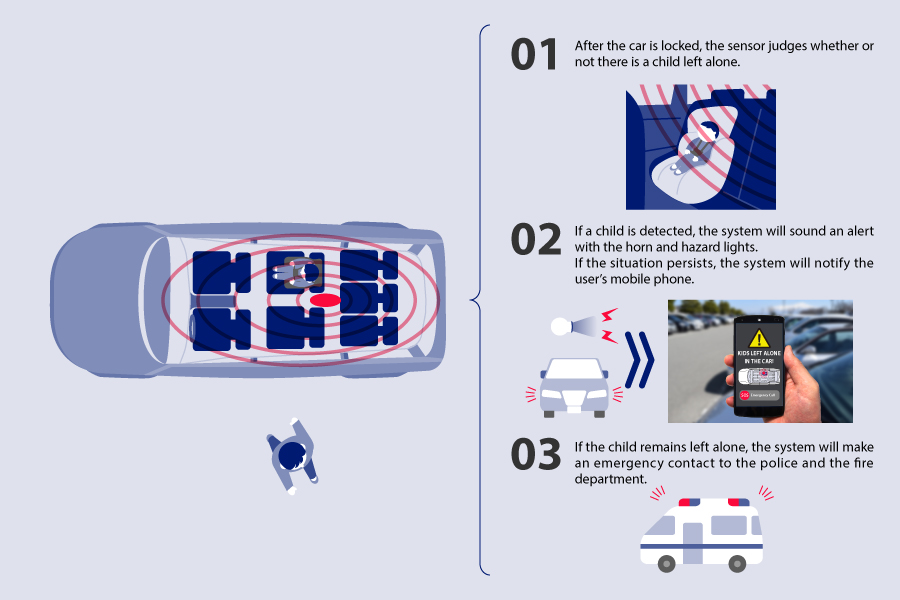
Installable on a shuttle bus
Aisin’s CPD system can be installed not only on passenger vehicles but also on shuttle buses. In response to a series of accidents in which children were left alone in shuttle buses to nursery schools and kindergartens, Aisin conducted demonstration experiments in 2022 in collaboration with Kariya City, Aichi Prefecture, where its Head Office is located involving kindergartens in the city. A bus was equipped with a dedicated system that combines three functions: 1) detection and reporting through sensing, 2) a mechanism to prompt the driver to check inside the bus, and 3) a “help button” a child left behind can use to call for help. The system was verified in an actual operating environment. Based on the verification results, the system was further improved which boosted its accuracy.The Aisin system received certification from the relevant Japanese ministries and agencies as a device that meets the specification requirements.
In Japan, it became mandatory in April 2023 to install safety equipment that conforms to the government’s guidelines on shuttle buses to and from kindergartens and nursery schools. Aisin will continue to actively work to realize safe and secure movement so that both children and parents can use buses with peace of mind.
Creating tomorrow with Aisin's CPD
U.S. and Europeare soon expected to make CPD systems mandatory standard equipment in passenger motor vehicles in their respective markets. Global market expansion of the CPD system is expected.
“Inspiring ‘movement,’ creating tomorrow” is Aisin’s corporate philosophy. We sincerely hope that our CPD system will be installed in as many vehicles as possible and that we will directly contribute to promising a better tomorrow for more children through the prevention of hot car death.





